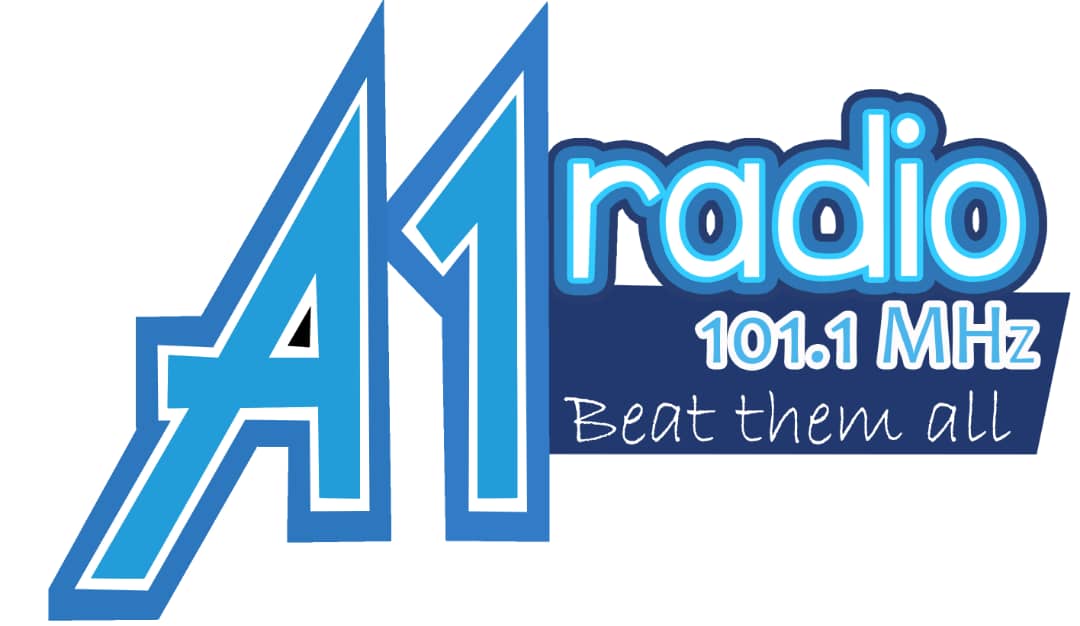A wave of disappointment, sadness, and anger gripped committed farmers on Thursday, 22nd May 2025, as the Bolgatanga Municipal Assembly handed over two irrigation projects—described by farmers as “unfit for purpose”—under the Gulf of Guinea Northern Regions Social Cohesion (SOCO) initiative. The two projects, worth GHS 201,599.50, were officially handed over to the farmers amid widespread frustration.
The facilities, located in Daweo and Sumbrungo Amogrebiisi communities, have been described by farmers as mere “shades,” lacking the necessary infrastructure to support dry-season farming.
The SOCO project, launched on 26th November 2022 by then Vice President Alhaji Dr. Mahamudu Bawumia in Bolgatanga, is a $150 million initiative aimed at boosting economic activities in six regions of the country grappling with food insecurity, climate change, conflict, and violence, especially from the Sahel region.
Spanning five years, the SOCO project is being implemented in 48 Metropolitan, Municipal, and District Assemblies (MMDAs) across the Oti, Upper East, Upper West, Northern, North East, and Savannah Regions.
On 17th November 2023, the Bolgatanga Municipal Assembly, led by then MCE Rex Asanga, handed over both sites to a contractor with a six-month completion deadline. Mr. Asanga highlighted the transformative potential of the mechanized boreholes, which were expected to improve the livelihoods of nearly 1,000 farmers in both communities.
However, after over a year and a half—and numerous complaints from the farmers about the inadequacy of the projects—the contractor, together with officials, handed over the completed works in their unsatisfactory state.
The inspection began in Daweo, where the current MCE, Roland Atanga Ayoo, the Municipal Agriculture Director Hajia Lantana Osman, engineer Daniel Atchulo, the contractor from AL-KAHF Company Limited, and other stakeholders assessed the facility alongside the farmers. The general sentiment was one of disappointment, given the apparent gap between the intended purpose and the completed work.
“To be truthful, this project is not meant for dry-season farming. The water flow is weak, and the three-inch machine they used lacks the strength and pressure to provide enough water for farming. As they said, it can take more than four hours just to fill this tank,” said John Nsobila, a farmer from Daweo.
Abaa-Yamga, another farmer from the same community, lamented, “They just came and did something to represent something. This cannot help us as farmers. If they don’t change this project, it won’t assist us at all—it’s useless.”
The Assembly Member for the Daweo Electoral Area, Alhassan Washiru, echoed the concerns of the farmers, appealing for an upgrade or supplementary support for the youth engaged in farming in the area.
The final stop was the Amogrebiisi community, where frustrations boiled over. Farmers there were visibly angry, citing the serious nature of their dry-season farming and the insult posed by the inadequate project.
“Considering the distance between our farmlands and the river that flows from the Vea Dam, we already struggle. We were hoping this project would ease our burden, but looking at it—it doesn’t even help a single farmer,” one farmer said. “It’s better they give it to our women for domestic use.”
Samuel Azure, Assembly Member for the Amogrebiisi Electoral Area, was emotional and visibly disappointed. He nearly shed tears as he criticized the quality of the project.
“This project was meant to support many farmers here, yet it cannot even support one. If five farmers try to use the mechanized borehole, they will end up fighting over the little water available. If I stand here and say I am happy about what was done for my community, I’d be lying. Even without a technical eye, you can see from the roadside that the structure isn’t standing straight,” he said.
Engineer Atchulo admitted that the completed project fell short of the original design. “The initial plan was to install two large poly tanks and lay pipes to the farms for irrigation, but the current setup is inadequate,” he confessed.
Bolgatanga Municipal Agriculture Director, Hajia Lantana Osman, acknowledged the farmers’ concerns and expressed her own dissatisfaction. However, she urged the farmers to manage with what has been provided for now. “This can’t be rejected outright. There are many challenges. The farmers should accept this for the time being and hope for better support in the future,” she stated.
MCE Roland Atanga Ayoo, clearly displeased with the situation, did not mince words during the handover.
“To be honest, I blame the technical team and the planners. This structure, though completed, cannot provide adequate water for dry-season irrigation. When awarding contracts, we need to consider the actual purpose of the project. I understand this entire area is fertile for farming, but this facility cannot pump enough water for even two acres,” he said.
Mr. Ayoo also encouraged the mostly youth farmer population to remain committed to farming despite the challenges. He assured them that the Assembly and the government are working to address their concerns.
Unlike other SOCO projects that have been successfully executed with minimal issues, these two irrigation projects clearly fall below standard.
Source: A1Radioonline.com | 101.1 MHz | David Azure | Bolgatanga


